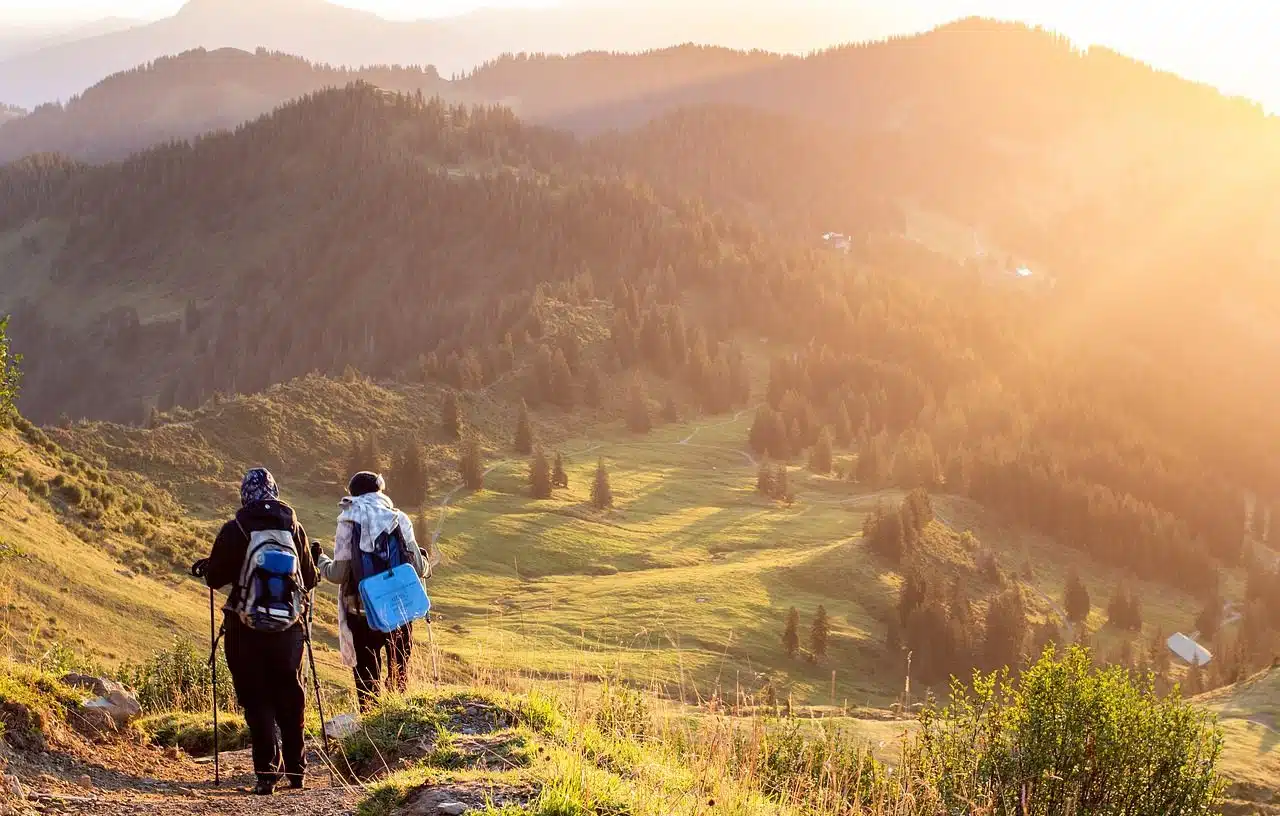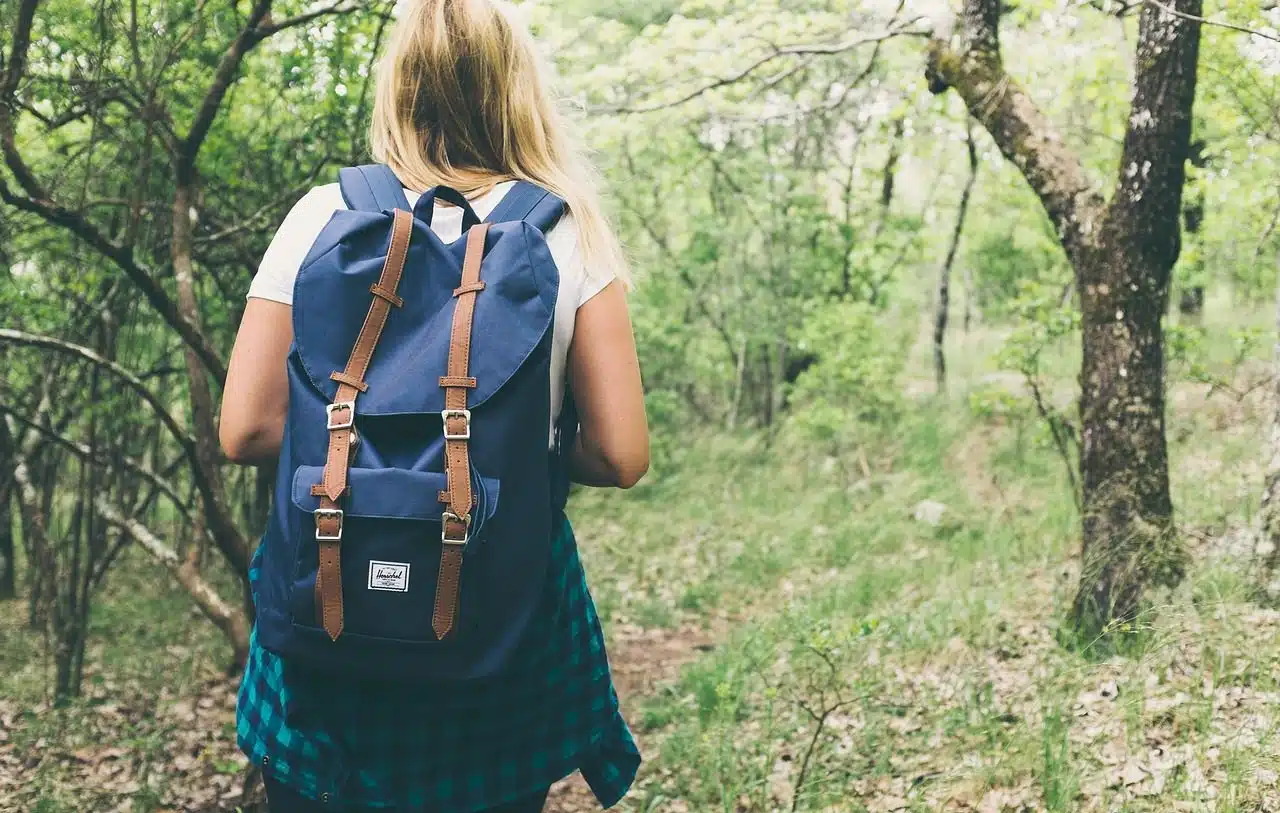
The idea of trekking usually refers to hiking.
Trekking is not a term included by the Royal Spanish Academy ( RAE ) in its dictionary. The notion, in any case, is frequently used in our language to refer to hiking or backpacking .
Trekking, in this way, consists of walking through a natural and open environment for recreational purposes. Whoever treks seeks to get to know a place and admire its landscape while doing physical activity . Many times trekking is complemented with other activities, such as camping or mountaineering.
Types of trekking
In some cases trekking is done on already established and marked trails and routes. In others, however, the walks are carried out freely. It is important to take precautions to minimize the risks of accidents and to avoid getting lost.
It is possible to trek in a jungle , a forest , a mountain range or a mountain , to name a few possibilities. There are excursions that can be completed in less than an hour, while others require more than a day.

Forests and mountains are commonly chosen places for trekking.
Ecological tourism
Trekking is part of ecological tourism since, if it is developed with awareness, it does not generate any type of footprint on the environment. People must take care of the environment , walking without causing damage to plants or animals and collecting the garbage they produce. It is also important that those who trek do not disturb or harm those who live in the environment they travel through (rural residents, aborigines, etc.).
Physical exercise , close knowledge of nature and low cost are some of the advantages that trekking provides over other types of walks. Furthermore, given its flexibility, very diverse people can practice it, regardless of their physical abilities or resistance , since each one can adapt the activities to their own needs and limitations.
Tips for successful trekking
First, there is route planning. While this advice may seem unnecessary, many people embark on ill-defined adventures and then suffer the consequences of lack of preparation . It is not advisable to go too far from populated areas without knowing the characteristics of the road, the risks and the local fauna , for example; Furthermore, the outward journey is often easier than the return journey, especially if it is necessary to constantly climb.
Having a precise notion of the obstacles that we may encounter on a trekking route is essential to know if it is suitable for us, and also to bring the necessary tools and accessories, such as clothing. And this is another fundamental point: clothing and footwear . Needless to say, we cannot wear office shoes, but it is not enough to opt for sports shoes, since we must know the characteristics of the terrain to choose them well; A stream requires stronger footwear with greater friction than a rocky area, for example.
Broadly speaking, it is advisable to wear shoes that support the ankle well, are waterproof and have a considerably thick sole. A slip can be fatal if the head hits a stone; A careless step can cause a sprained ankle. Without medical assistance at hand, even a minor injury can turn into a nightmare.
Clothing, on the other hand, is also important. Along a trekking route we do not have an air conditioning system, nor can we carry a parasol or a fan, unless we want to put ourselves at risk by leaving a hand useless. Therefore, it is important to choose the clothing that best protects us from inclement weather and potential scratches when rubbing against the environment. As a complement, it is also recommended to carry a cane , as it helps us maintain balance and reduces fatigue in the ankles and knees.
